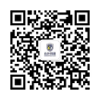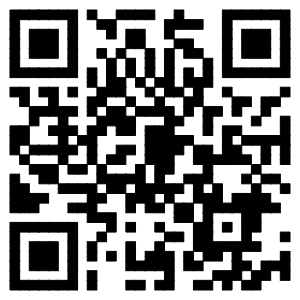很多考研英语考生都发现这样一个现象,与汉语中偏好主动句型的习惯不同,在英语中,被动句的用法更多也更常见。那么,在考研英语翻译中出现的被动句,我们应该如何灵活翻译呢?北外网课(北京外国语大学网络课堂)老师也整理了一些锦囊妙计,一起来看看吧。
用被字来翻译
Many consumers seem to have been influenced by stock-market swings,which investors now view as a necessaryingredient to a sustained boom.
许多消费者似乎已经受到股票市场波动的影响,现在的投资者把这些波动看作是经济持续繁荣的一个必要因素。
直接译为主动句
Owing to the remarkable development in mass-communications, people everywhere are feeling new wants and are being exposedto new customs and ideas, whilegovernments are often forced to introduce still furtherinnovations for the reasons given above.
由于大众通讯的显著发展,使得各地的人们不断感受到新的需求,不断接触到新的习俗和思想,由于上述原因,政府不得不采取更进一步的革新措施。
in the early industrialized countries of Europe 主语the process ofindustrialization with all thefar-reaching changes in social patternsthat followed was spread over nearly acentury,
在先期实现工业化的欧洲国家中,其工业化进程以及随之而来的各种深刻的社会结构变革持续了将近一百年,而现如今一个发展中国家可能在十年左右的时间就能经过同样的过程。
However, the world is so made that elegant systems are inprinciple unable to deal with some ofthe world's more fascinating and delightful aspects.
然而,世界就是如此,完美的体系一般而言无法解决世界上一些更加引人入胜的问题的。
During this transfer, traditional historical methods wereaugmented by additional methodologiesesigned to interpret the new forms of evidence in the historical study.
在这个转变过程中,传统的历史研究方法中增加了新的(研究)方法,这些新方法是用来解释历史研究中一些新的证据的。
主宾颠倒
就是说如果一个被动句中主语和宾语的被动关系非常明显,我们采取把被动结构中的原有的主语和宾语的关系颠倒过来得方法来翻译。
Whether the Government should increase the financing of pure science at the expense oftechnology or vice versa often depends on the issue of which is seen as the drivingforce.
政府是应该以牺牲技术为代价增加对纯理论科学地投入,还是相反,这常常取决于人们把哪一个看作驱动力量。
It leads the discussionto extremesat the outset: it invites you to think that animals should be treated either with the consideration humans extendto other humans, or with noconsideration at all.
种说法一开始就将讨论引向两个极端,它使人们认为应该这样对待动物,要么像人类对待自己一样关怀体谅,要么毫不关心。
英语中的被动句一般翻译成主动句,如果主语和宾语之间的主动和被动关系明显,则采用主宾颠倒的方式翻译;如果主语和宾语的主动与被动关系不明显,则直接转化主动句,或者省略掉“被”字。但是有时候,仍然可以用“被”“受到”“得到”“加以”“得以”“为….所”“由…来”“是…的”等结构来翻译。�的小镇居民主要依靠游客为生,而那些游客不是来看戏,而是来看Ann Hathaway小屋、莎士比亚的诞生地以及其他的景点。
 京公网安备 11010802024222号
京公网安备 11010802024222号




